Today, Dak Lak has both a windy red basalt plateau and a 189 km long coastline, with many beautiful bays and coves creating a space for sustainable sea and forest development.
The tourism industry is known as a smokeless industry, but in reality it is not completely “clean”. According to the World Travel and Tourism Council (WTTC), in 2024, this industry will contribute about 11,100 billion USD to global GDP, equivalent to about 10% of the world's gross domestic product and create more than 348 million jobs. That impressive figure shows the great power of tourism for socio -economic development. But along with prosperity comes a not small downside. The tourism industry is said to be responsible for about 8% of global greenhouse gas emissions and plastic waste generated at many destinations has increased by 35% in just a decade.
In Vietnam, tourism has contributed more than 7% of GDP, creating about 5.96 million jobs, a clear demonstration of the pervasive power and socio-economic role of this industry. However, it has also caused many localities such as Sa Pa, Ha Long, Da Lat, the coasts and the ocean to suffer from overload, pollution and environmental degradation.
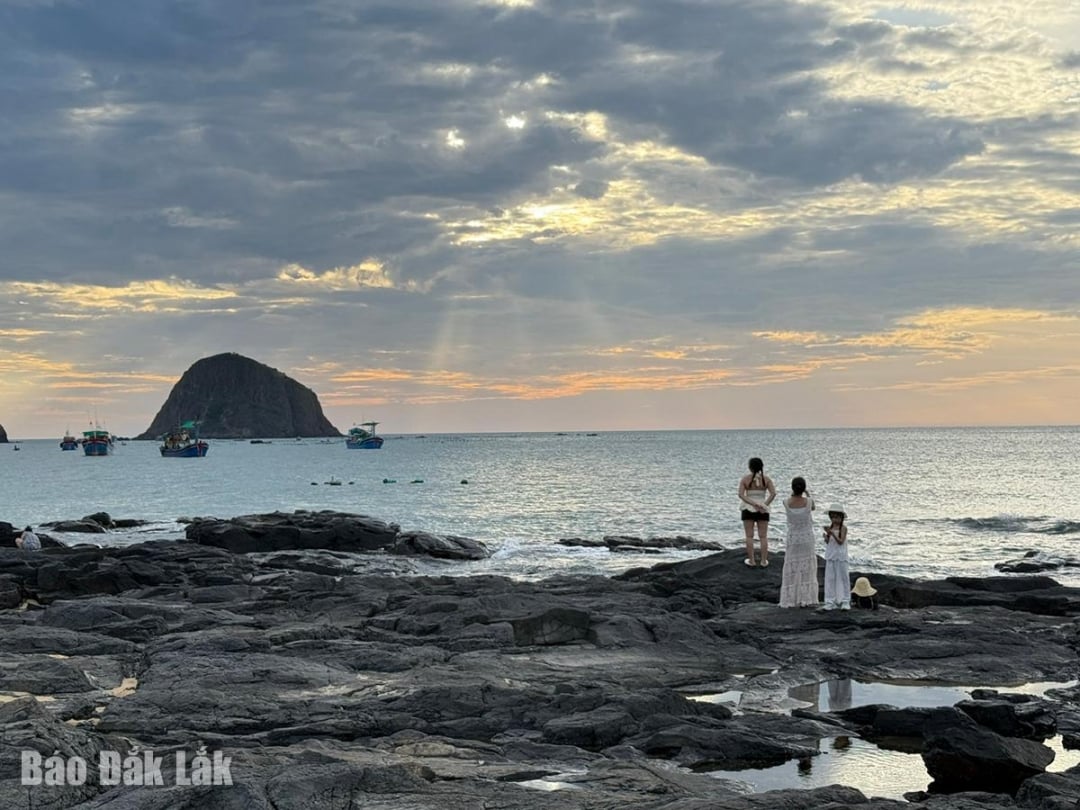 |
| Tourists visit Hon Yen, a national scenic spot in the east of Dak Lak. |
Faced with these challenges, green tourism has emerged as an inevitable trend. From Europe to Asia, many countries have considered this a guideline for restructuring the industry. Many countries around the world have adopted policies to reduce emissions from tourism activities. Typically, Japan has developed green hotels, using up to 90% renewable energy. Thailand has built famous eco-tourism programs in Chiang Mai and Phuket, helping to reduce energy consumption in the hotel industry by up to 30%. Major hotel and resort groups around the world have also committed to halving plastic waste by 2030. These steps show that green tourism is no longer a slogan, but has become an international standard.
| Dak Lak is considered a "gold mine" of green tourism, a majestic harmony between the blue sea and the vast waterfalls, along with a rich indigenous culture imbued with identity. |
In Vietnam, efforts in this area are beginning to bear fruit. The General Department of Tourism reports that the number of visitors choosing eco-friendly products has increased by about 15% per year, with revenue from green tourism accounting for about 20% of the industry’s total revenue. About 60% of travel agencies have adopted sustainable models, while 70% of hotels from 3 stars and above have implemented energy-saving measures and reduced plastic waste. Many localities have successfully positioned their brands, such as Hoi An with the “City without plastic waste” model, Da Lat with the “Green and sustainable tourism” program, or national parks such as Phong Nha - Ke Bang, Cat Tien, and Con Dao, where the number of visitors has grown steadily thanks to ecological development.
Dak Lak, in that picture, is considered a "gold mine" of green tourism. Located in the center of the Central Highlands - Central Coast, the province owns Yok Don National Park with an area of over 115,000 hectares, the only place in Vietnam where wild elephants still live, along with many rare animals such as gaurs and doucs; Ea So Nature Reserve with an area of over 26,848 hectares... Lak Lake forests, Dray Nur and Dray Sap waterfalls, and endless coffee forests, create a unique tourism resource. Combined with a pristine, beautiful, long-coastal eastern coastal region (189 km), Dak Lak province is a majestic harmony between the blue sea and thousands of waterfalls, along with a rich indigenous culture, imbued with identity. Previously, international visitors often compared Dak Lak (old) to the "green door of the Central Highlands", Dak Lak today also has the "gateway to the East Sea".
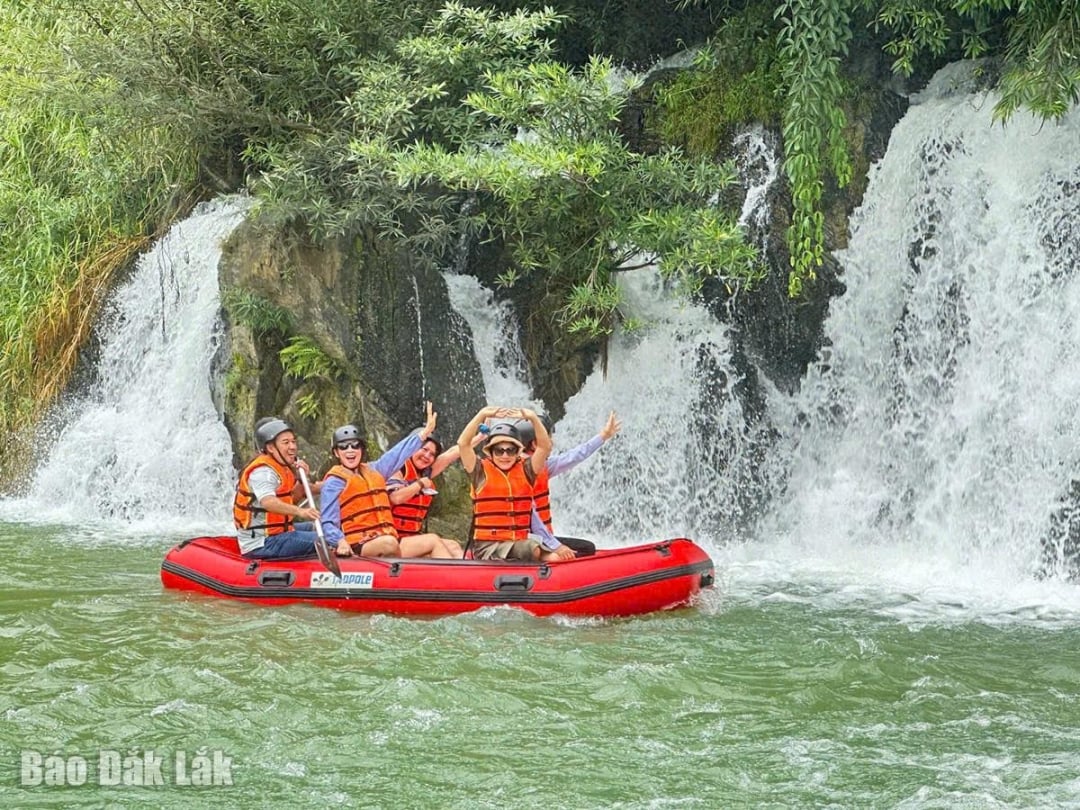 |
| Dray Nur Waterfall - an attractive destination for green tourism in the province. |
According to Director of the Department of Culture, Sports and Tourism of Dak Lak, Tran Hong Tien, before Phu Yen and Dak Lak merged, both provinces identified tourism as a key economic sector with the orientation of developing green tourism, ecotourism is one of the important pillars. Developing sustainable tourism, in the direction of professionalism, civilization, modernity, international integration; closely linked with the preservation and promotion of cultural and ecological values towards the goal of economic development while still ensuring the goals of society, national defense - security, culture and ecological environment...
In the period of 2021 - 2025, the average number of tourists to the province (Phu Yen and Dak Lak (old)) will reach about 4.08 million visitors/year, with total tourism revenue of about 6,463 billion VND/year.
The Draft Political Report submitted to the 18th Provincial Party Congress, term 2025 - 2030, identifies: Focusing on investing in developing tourism into a spearhead economic sector, with a synchronous and modern infrastructure system and tourism services. Strongly developing key tourism products with advantages such as marine - forest ecotourism in national parks, nature reserves, bays and islands; marine - forest resort tourism; developing community, agricultural and rural tourism products; experiencing traditional occupations; sightseeing tours of cultural and revolutionary historical sites, scenic spots, spirituality and festivals. Prioritizing investment attraction, forming a number of tourist areas to create national and international highlights in Xuan Dai Bay, Ganh Da Dia, Vung Ro Bay; upgrading the infrastructure of Yok Don National Park tourist area, developing Lak Lake area, Van Hoa plateau to become a national tourist area. Attract investment in large-scale entertainment and resort complexes, including attracting golf course development according to provincial planning.
In addition, culture and people are particularly important, if not decisive, factors for tourism development. Therefore, the draft political report also emphasizes: Comprehensive human development of Dak Lak is associated with building and developing digital citizens and human resources, equipping people with the necessary knowledge and skills for effective participation in the digital economy and digital society. Universalizing digital skills for people to build an inclusive and comprehensive digital society. Paying attention to calling for investment and developing regional sports complexes; effectively implementing the Geopark Project towards UNESCO Global Geopark; focusing on leadership and direction to complete planning, restoration and embellishment of historical relics...
Source: https://baodaklak.vn/du-lich/202508/xay-dung-thuong-hieu-du-lich-xanh-b6102f8/


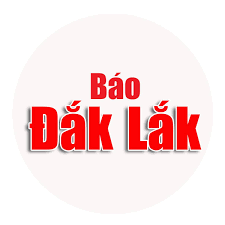
![[Photo] General Secretary To Lam attends the 80th Anniversary of the Cultural Sector's Traditional Day](https://vstatic.vietnam.vn/vietnam/resource/IMAGE/2025/8/23/7a88e6b58502490aa153adf8f0eec2b2)

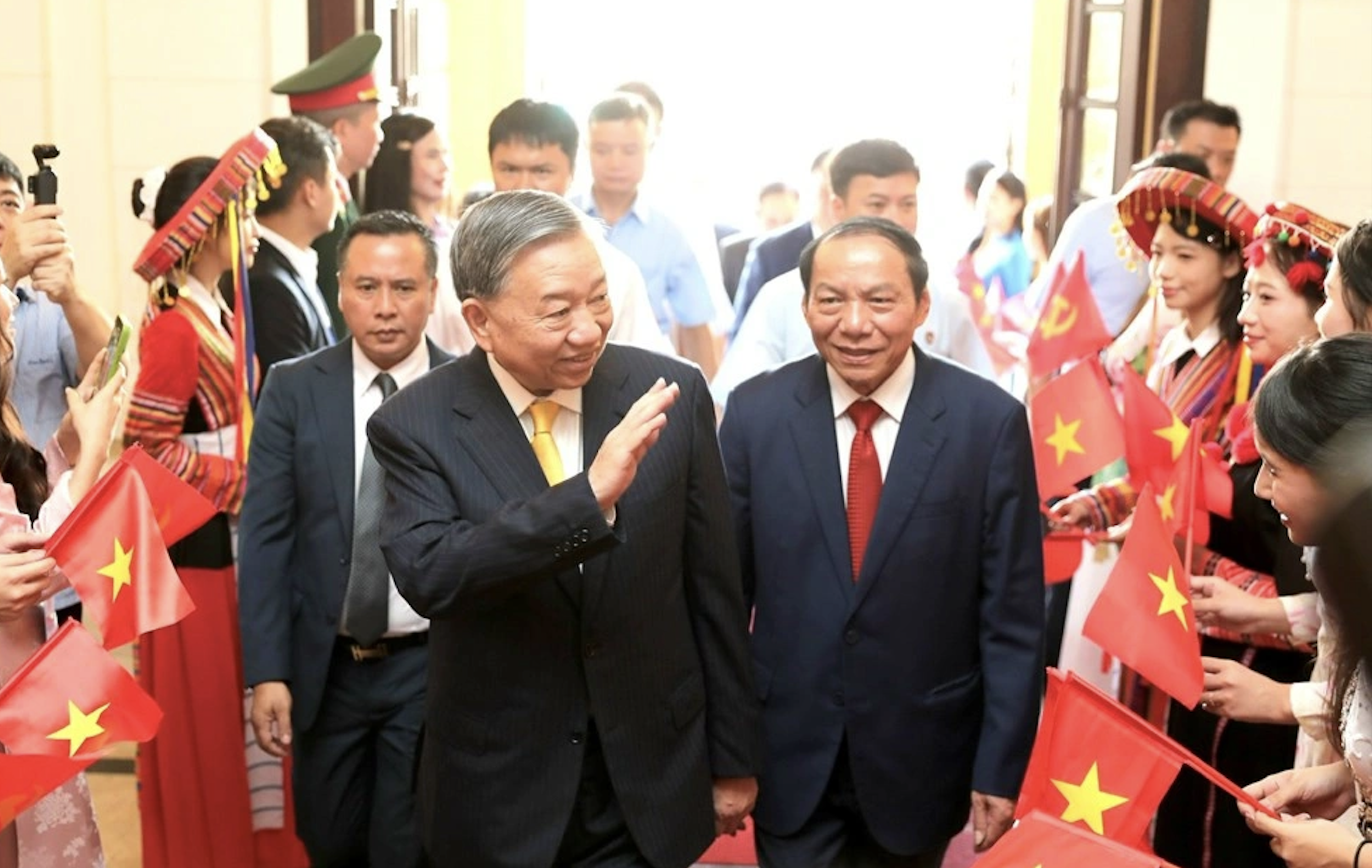
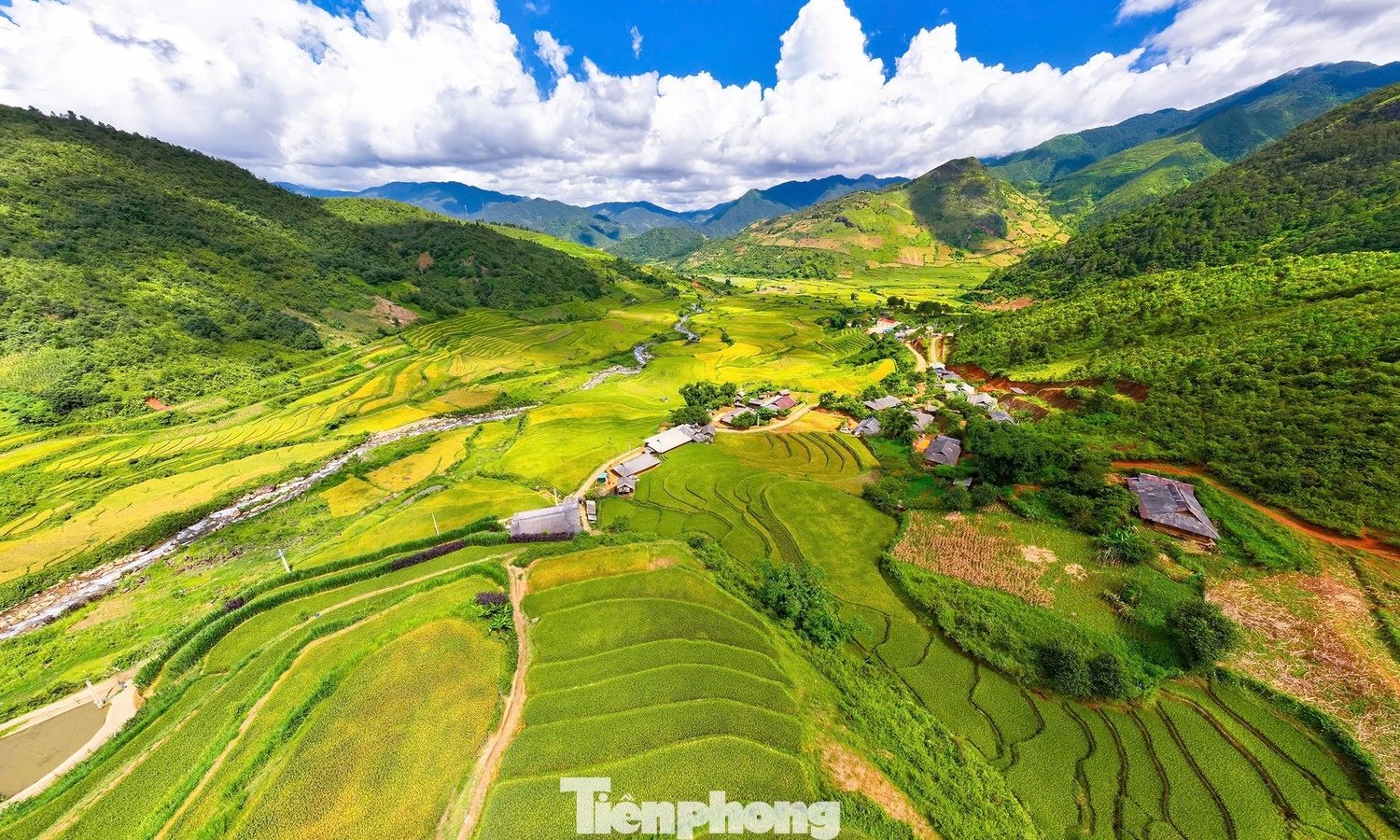
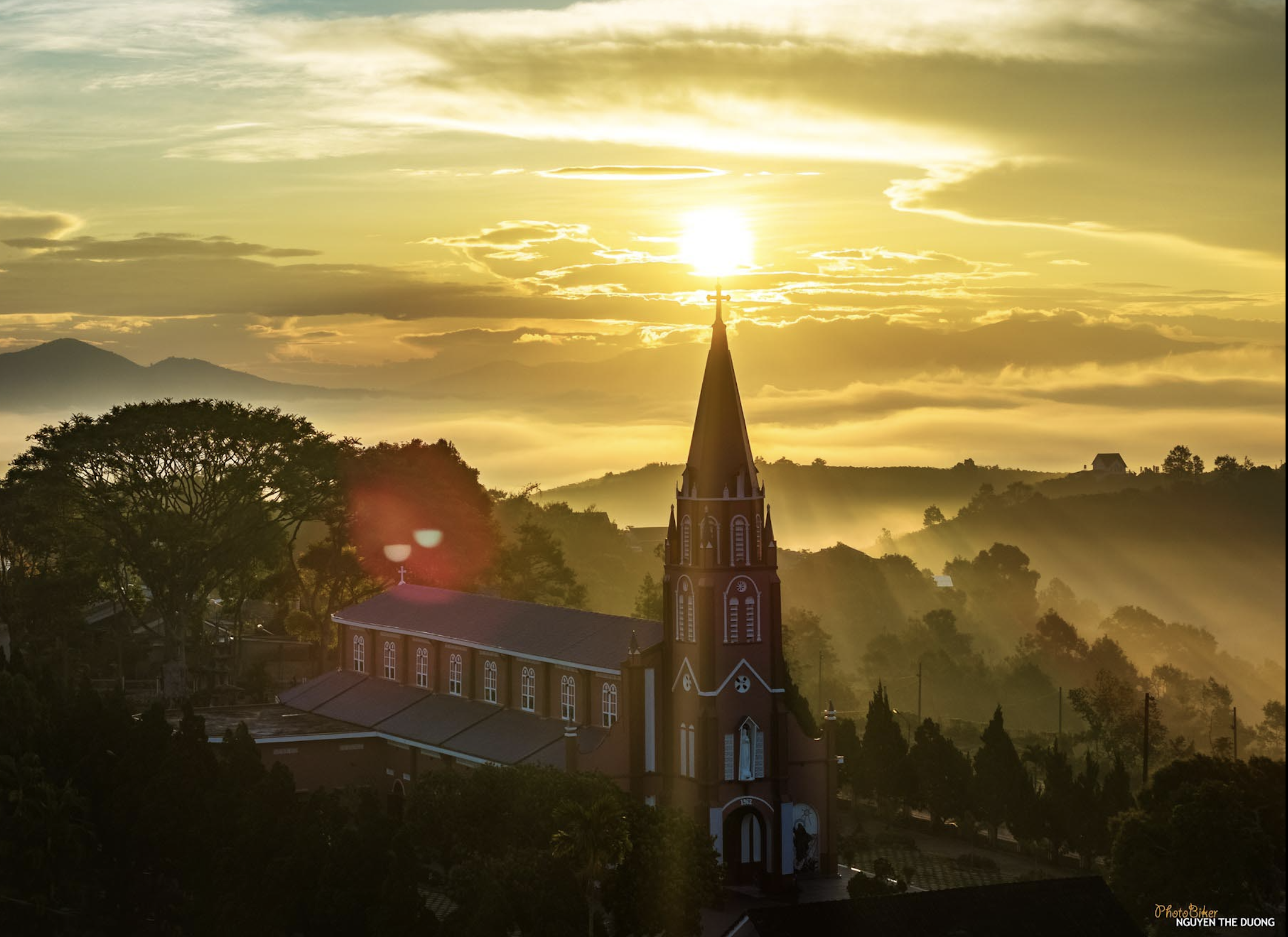

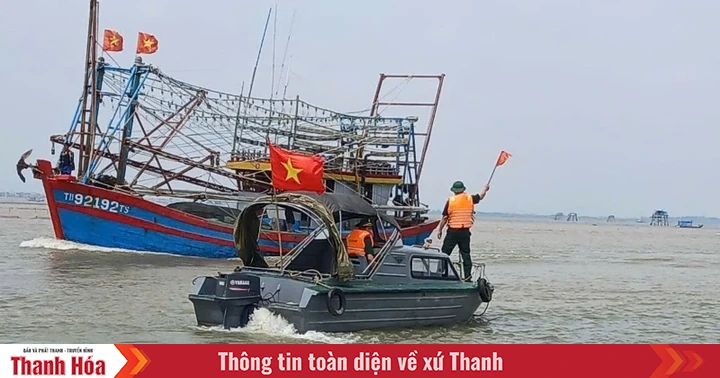
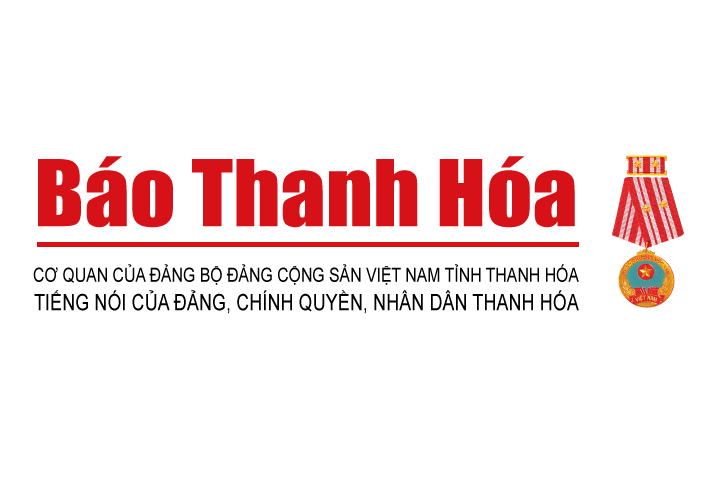
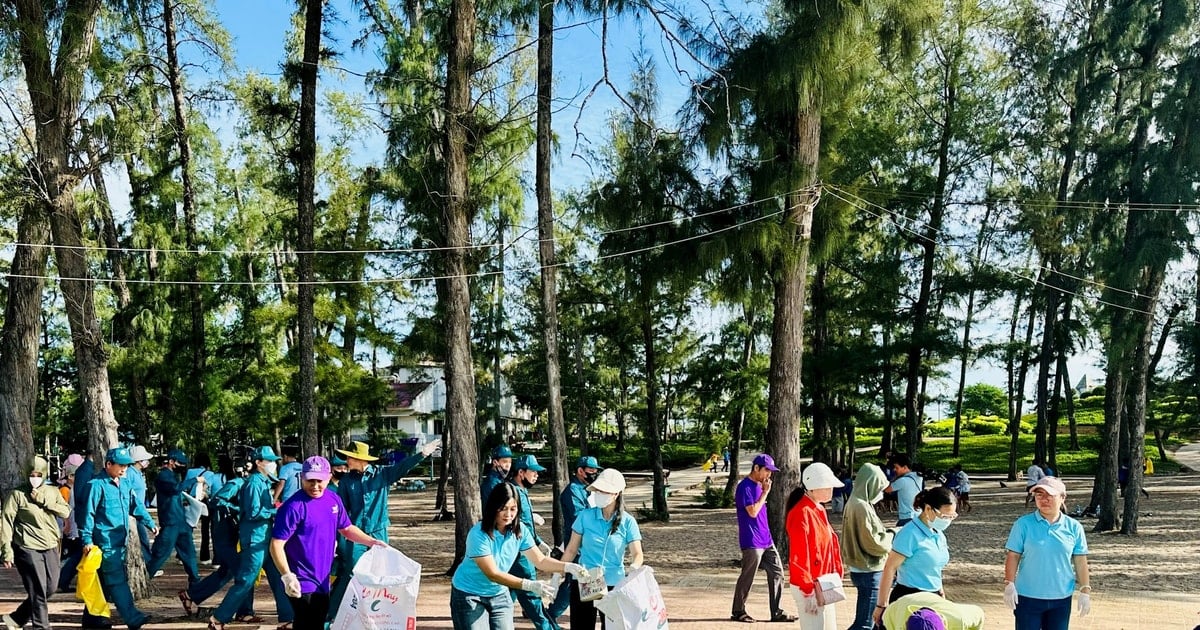

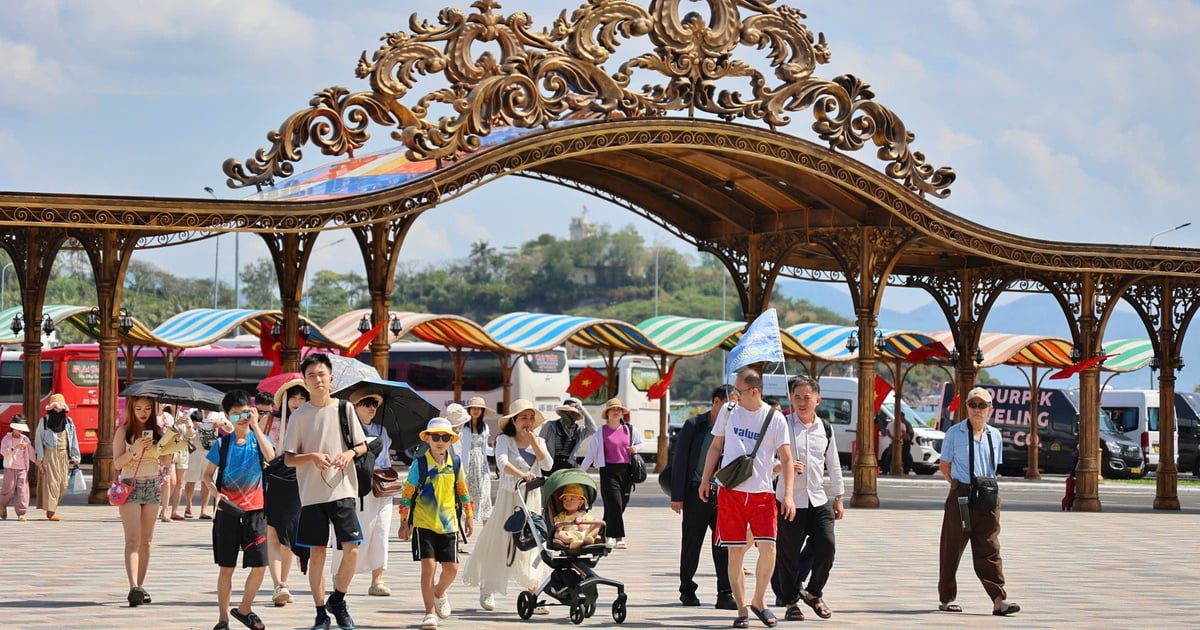



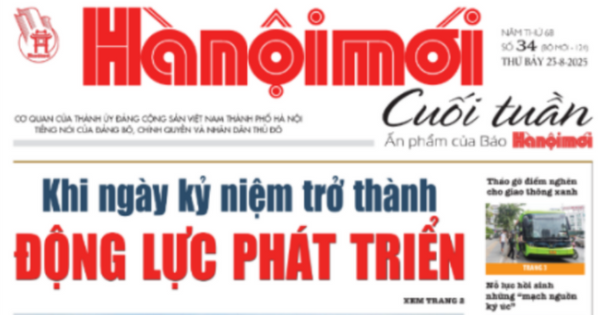

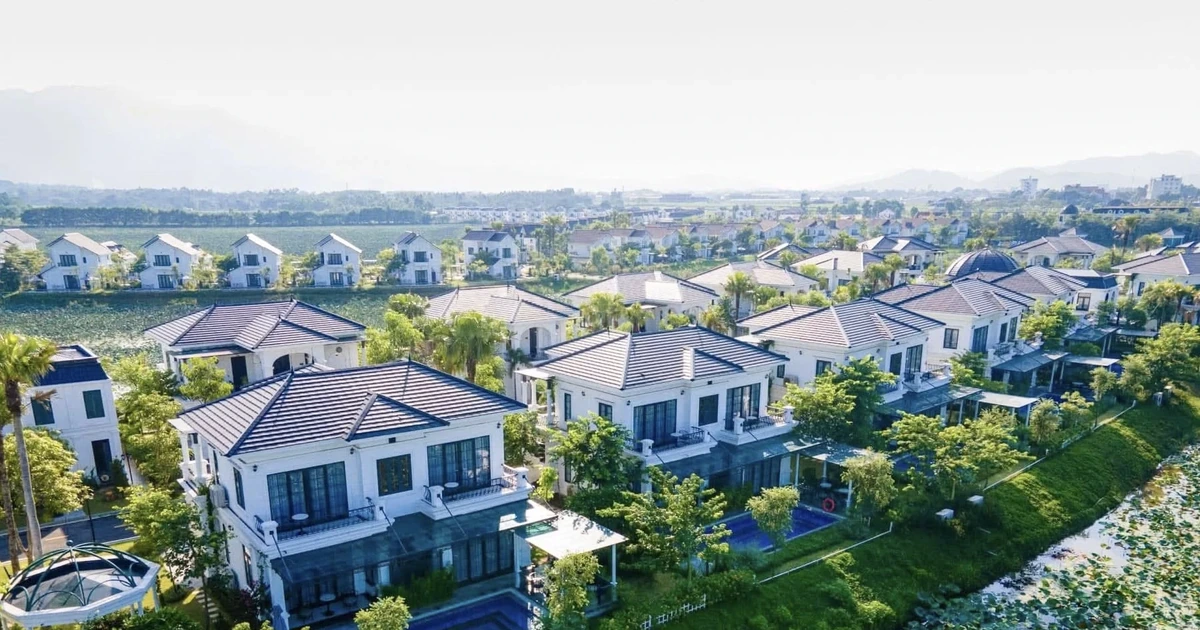

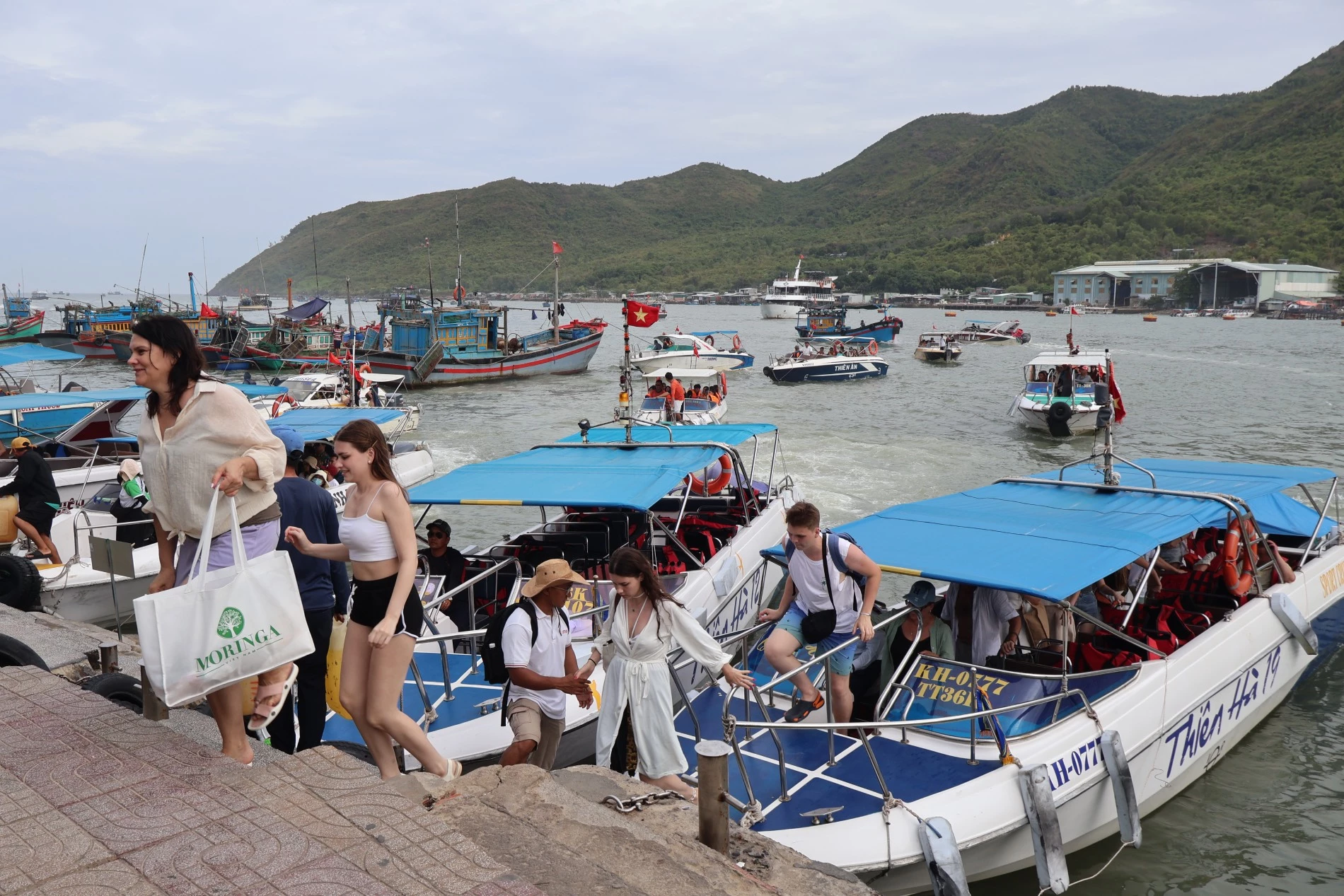

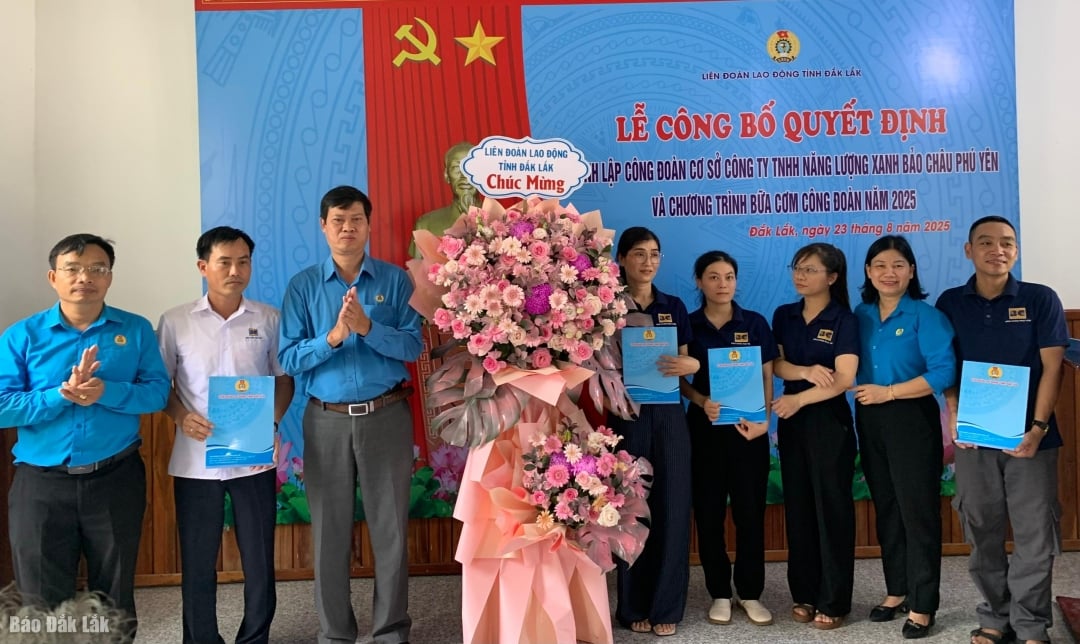
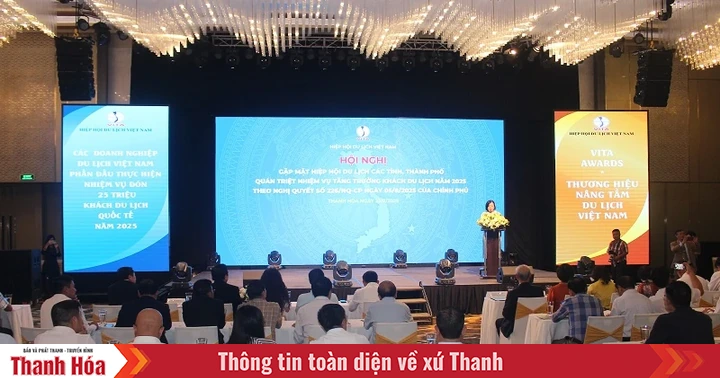
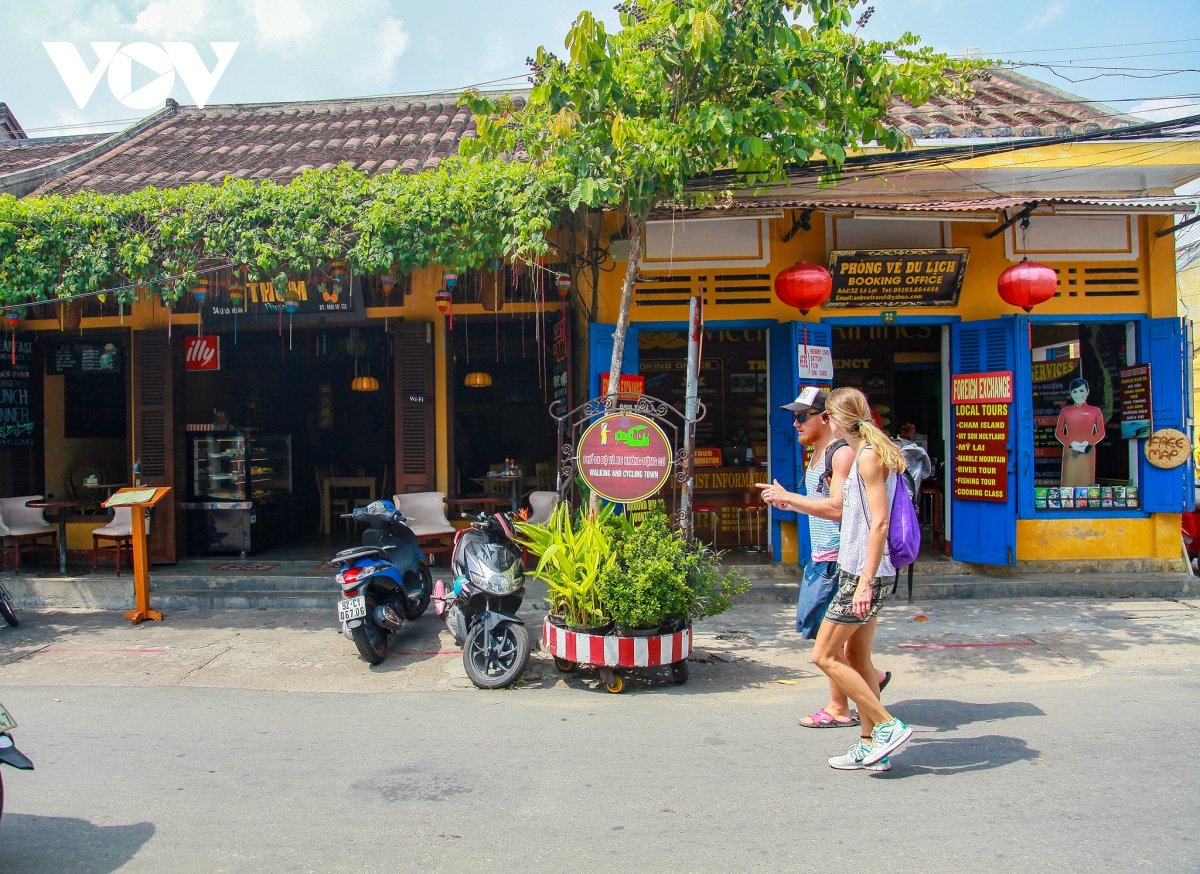




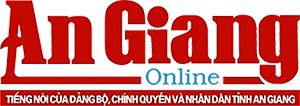




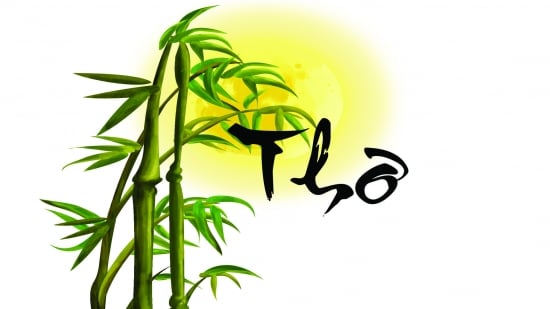
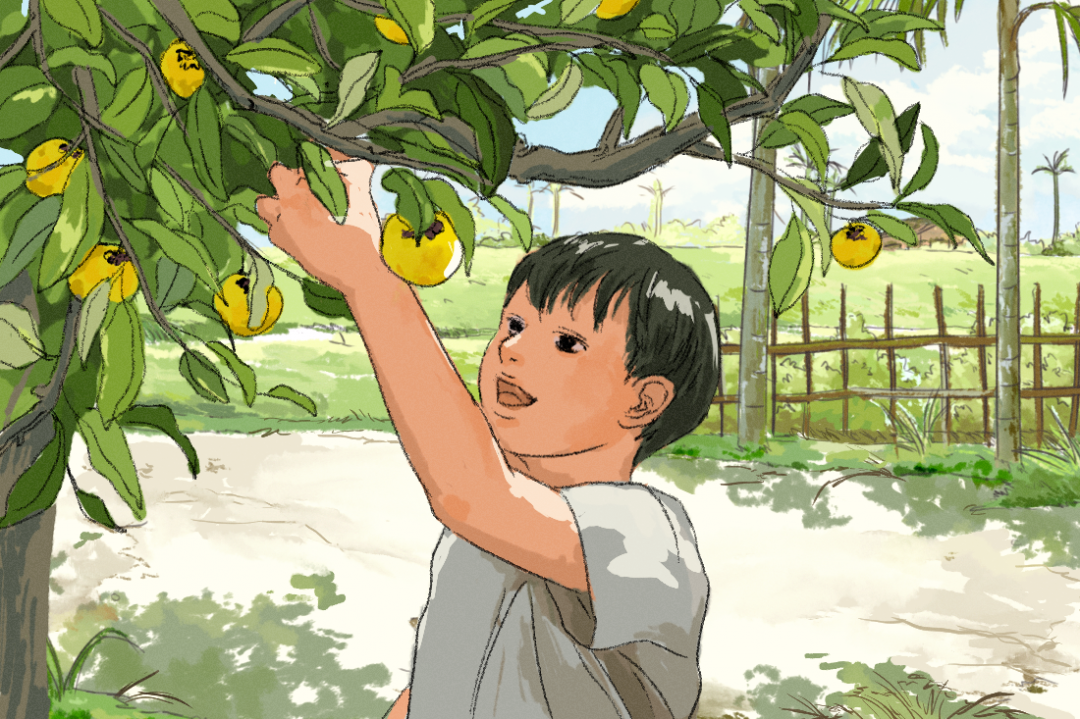

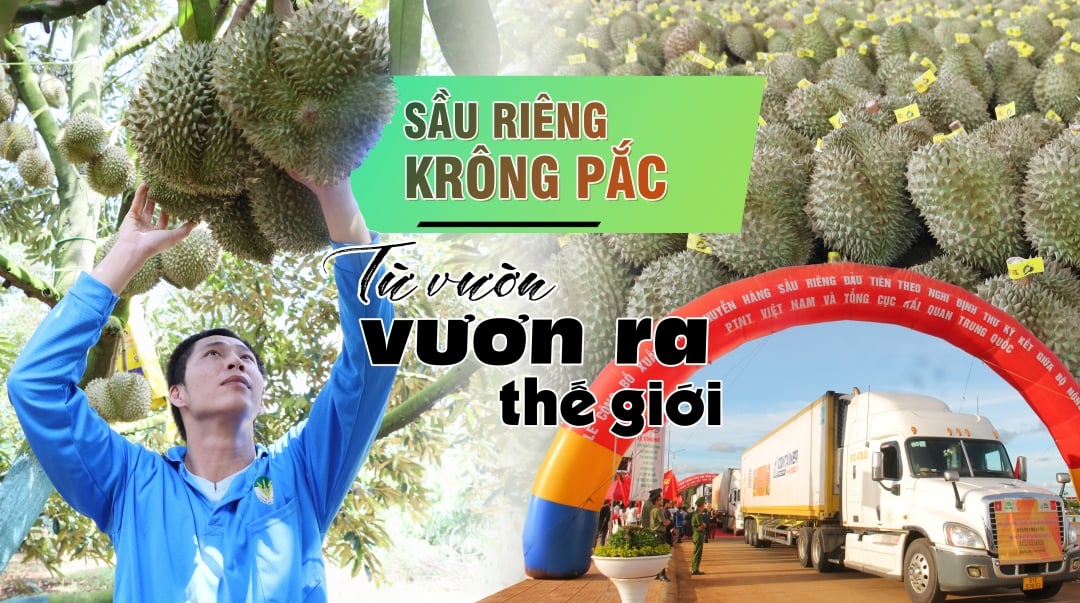
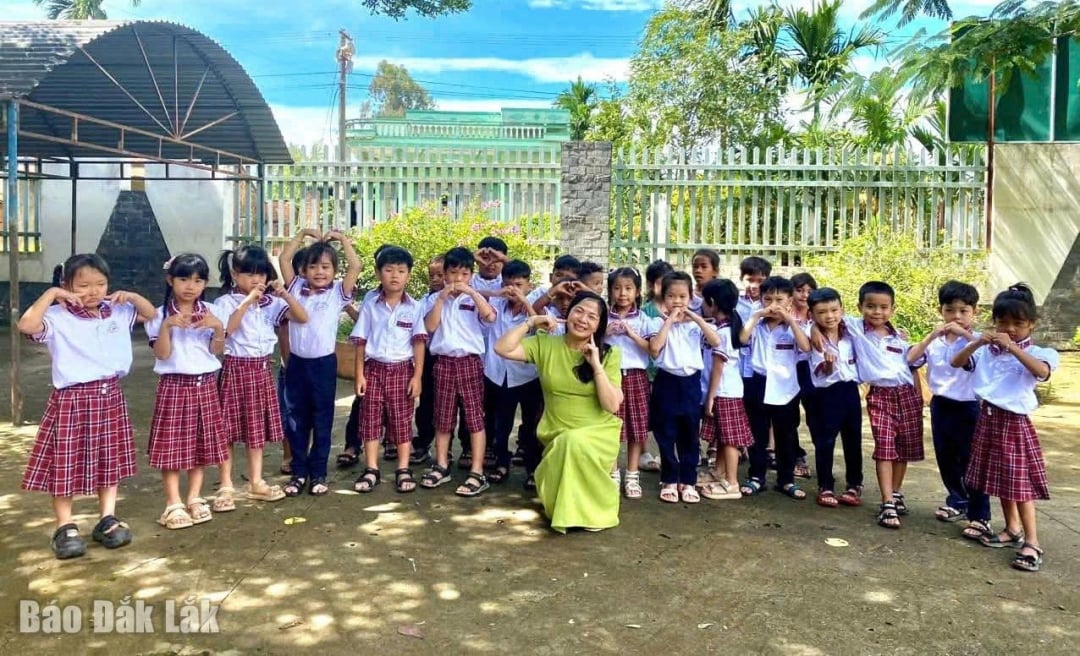
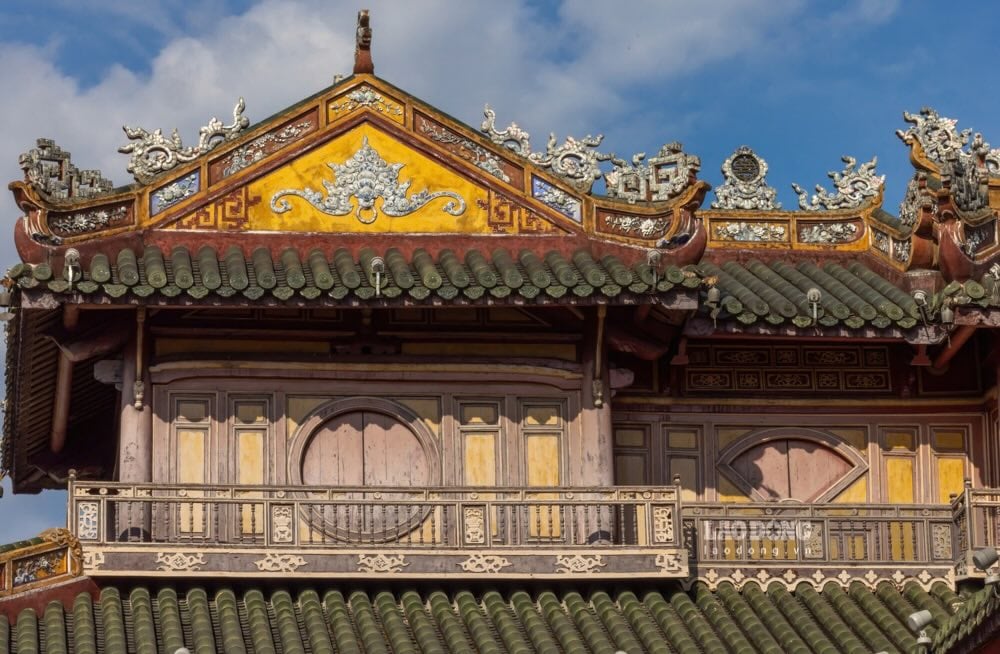
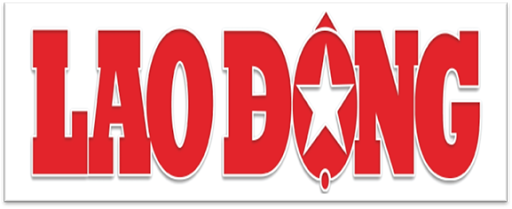
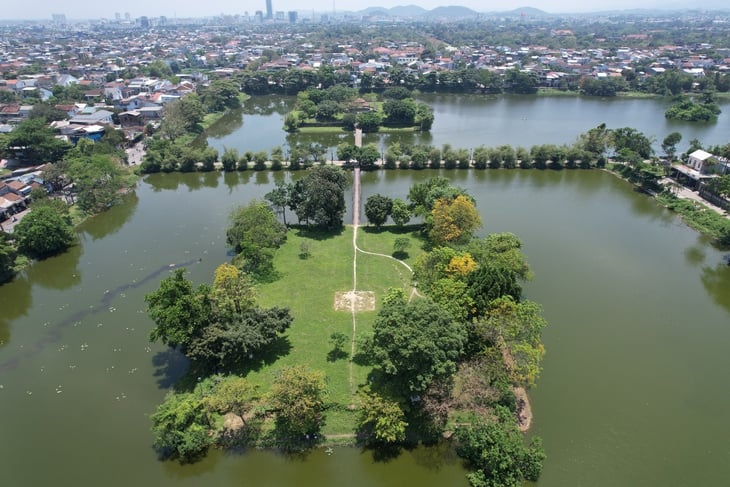

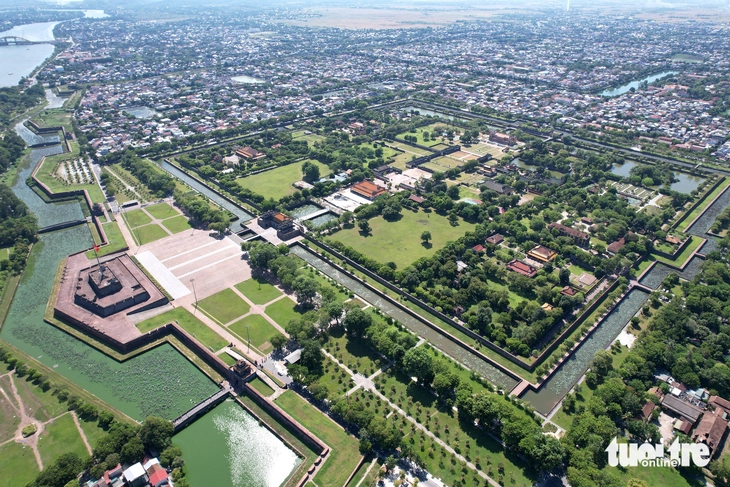
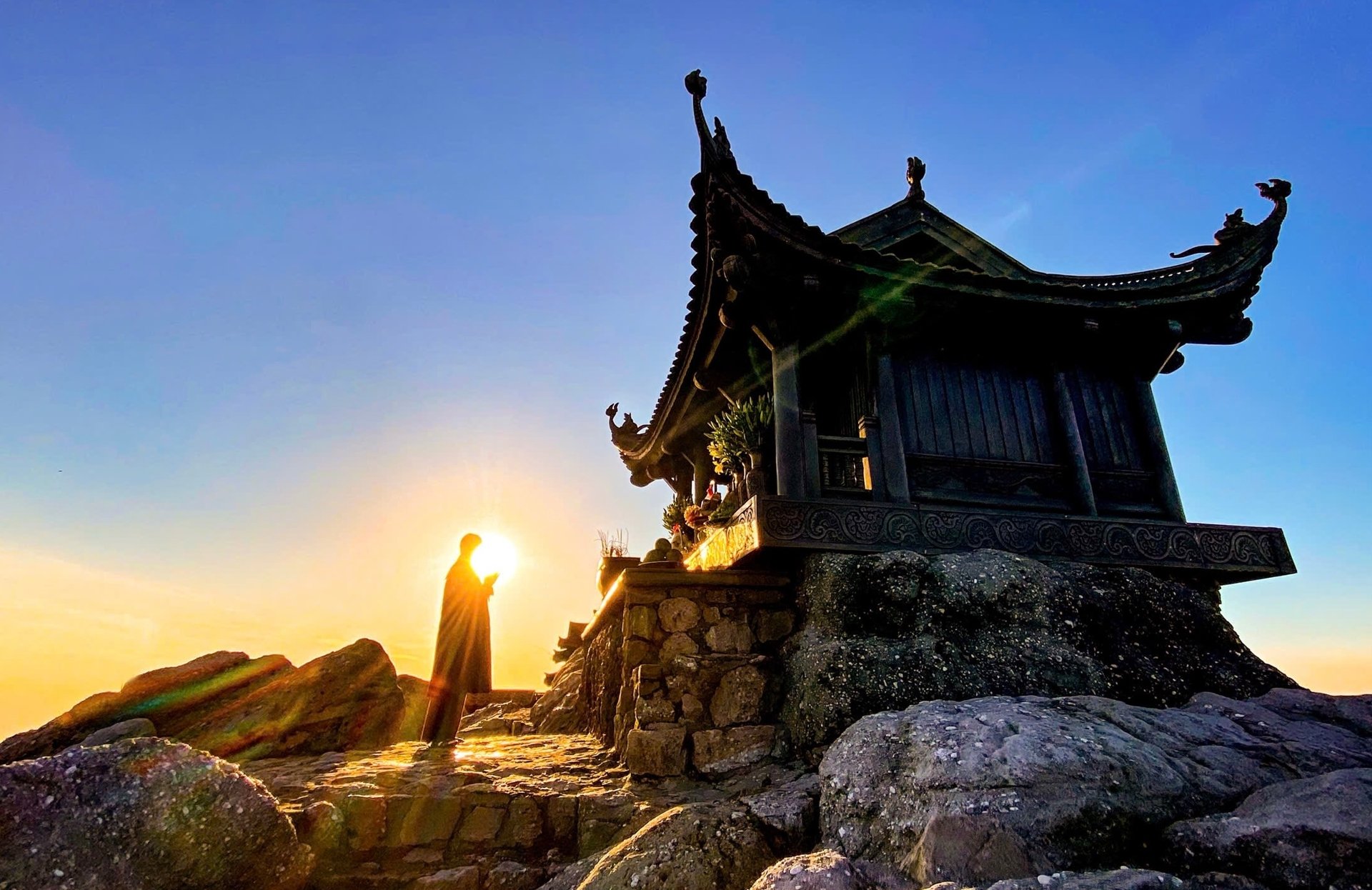

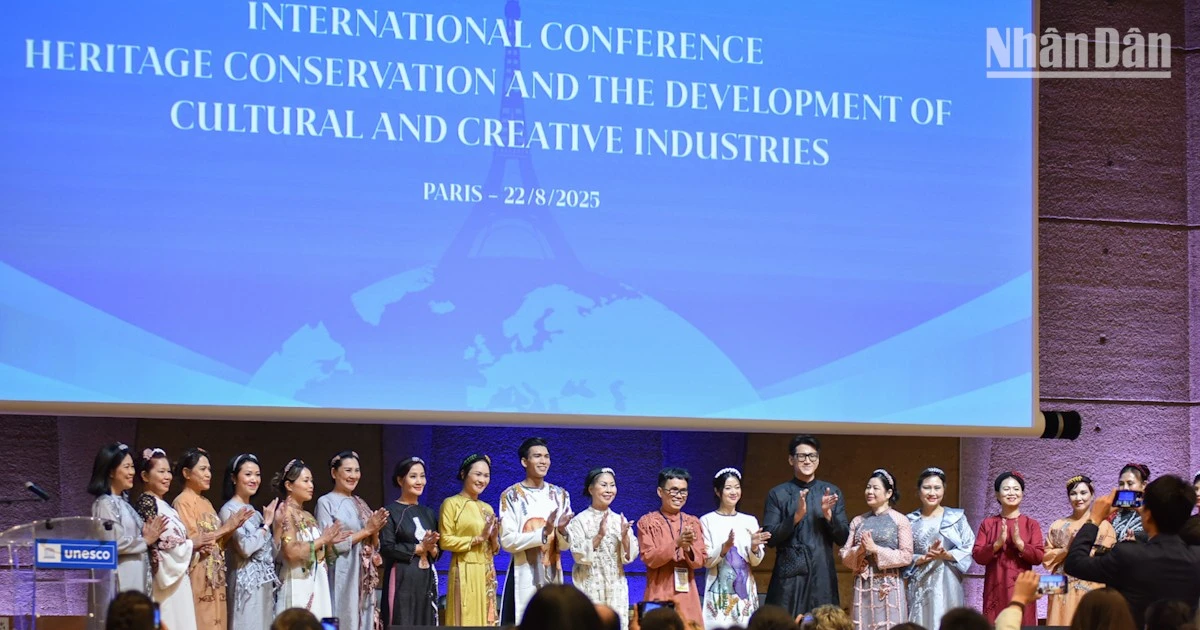


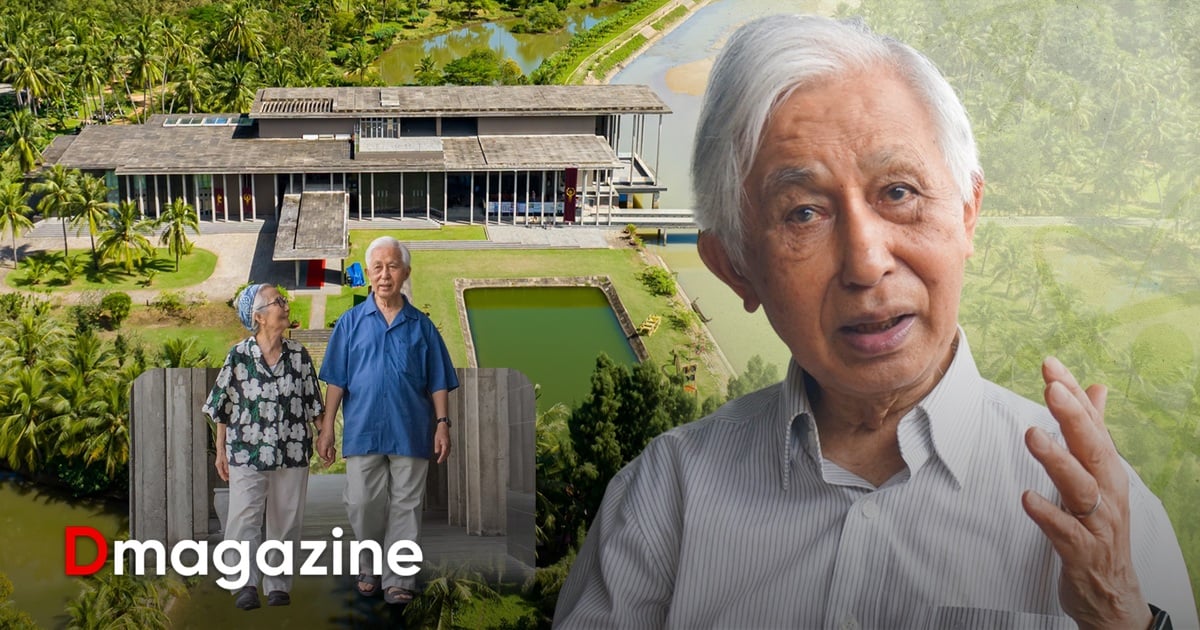



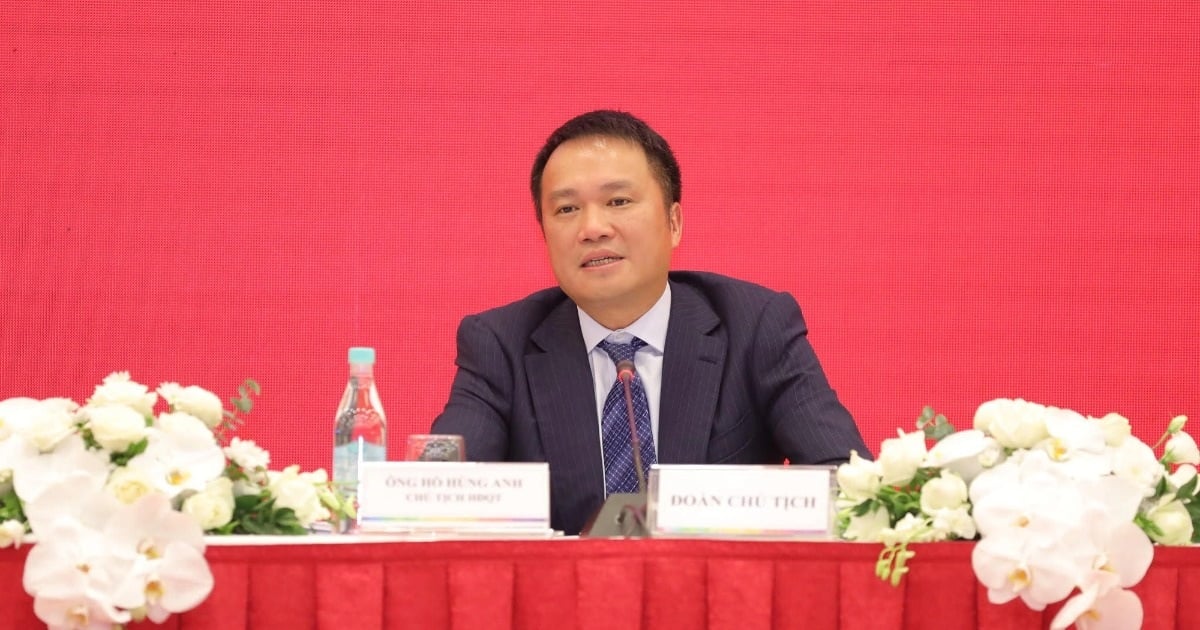
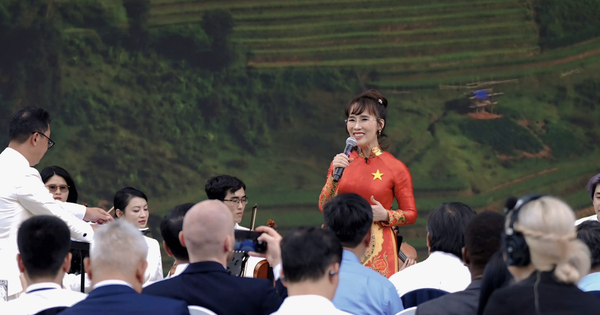

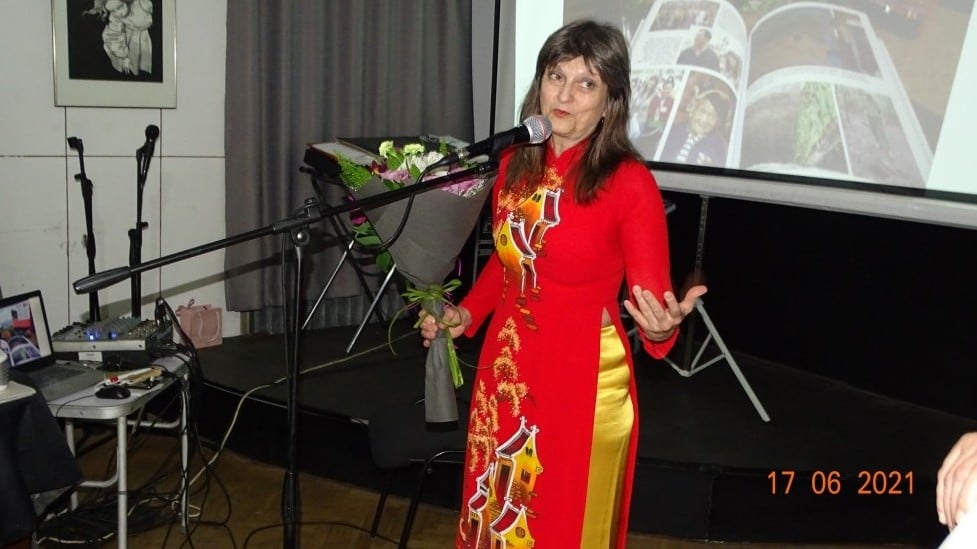






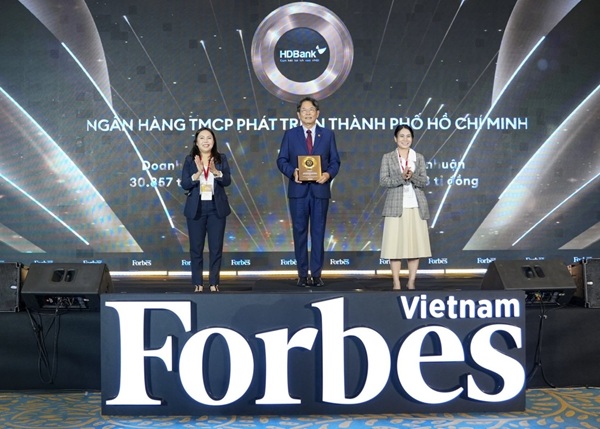


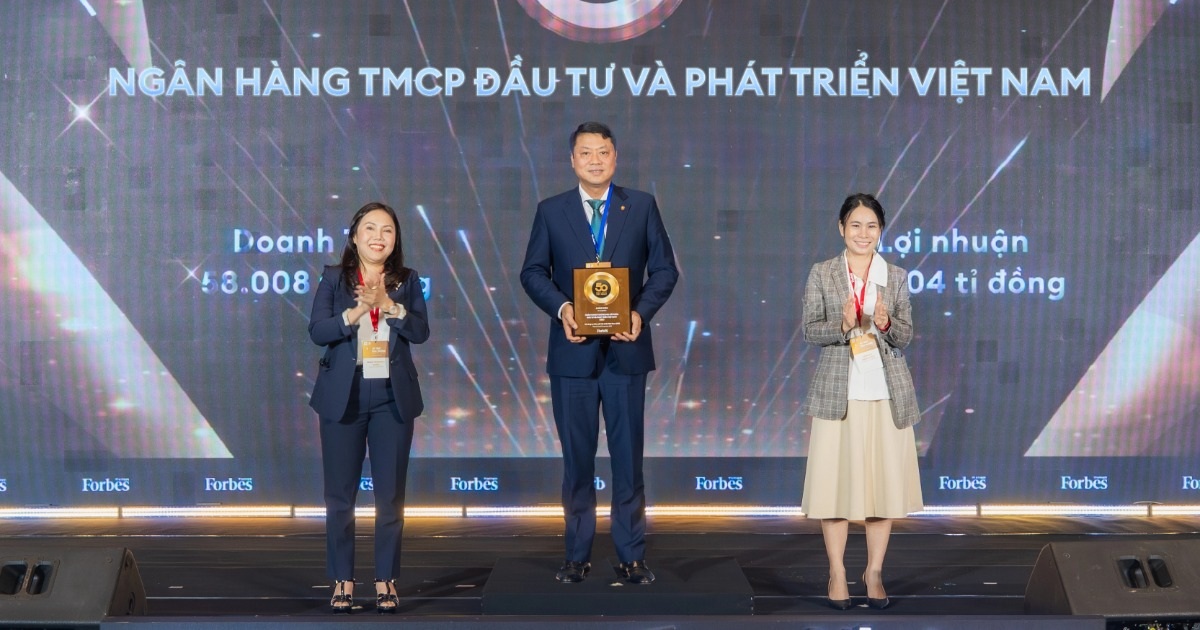




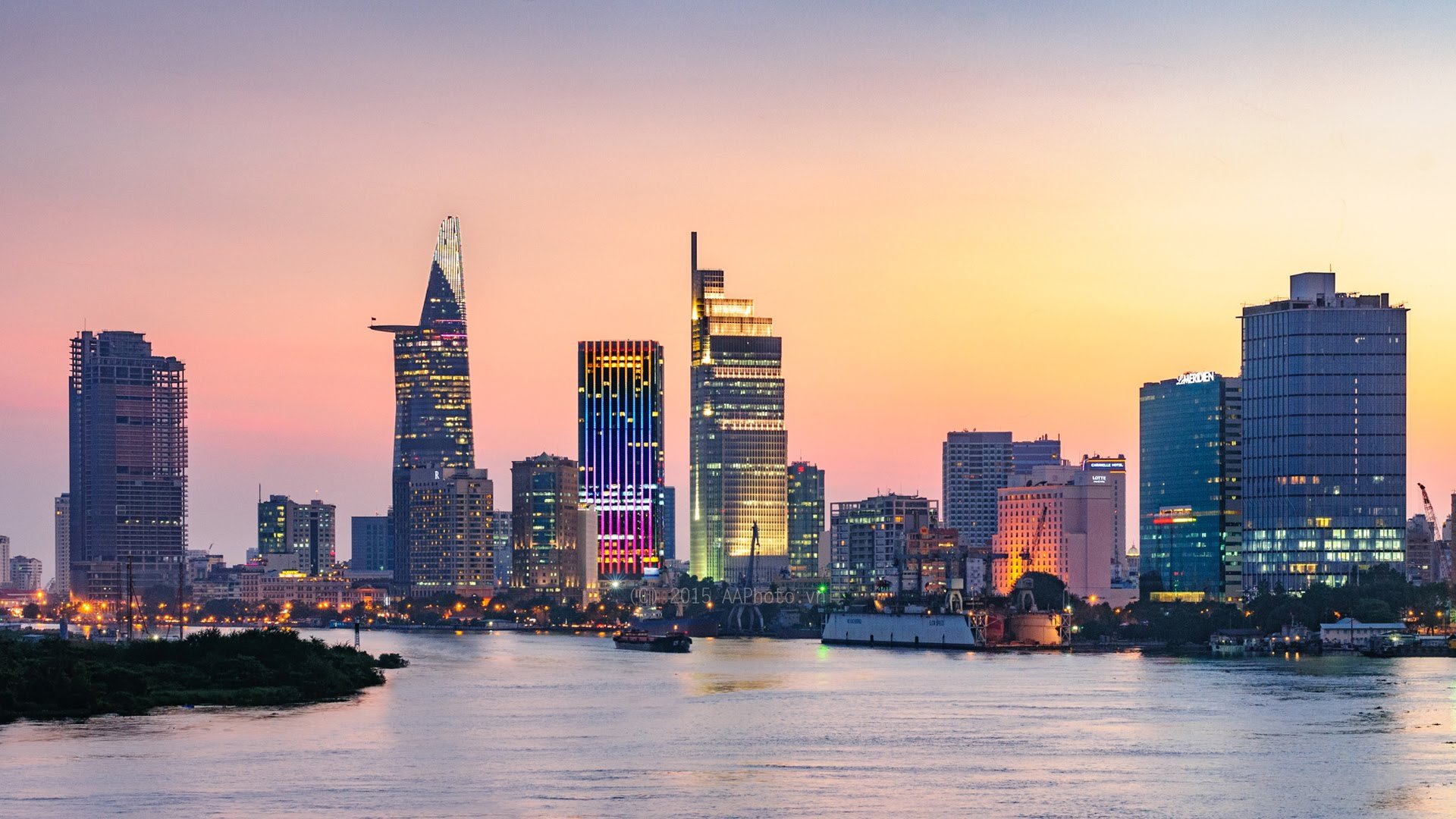

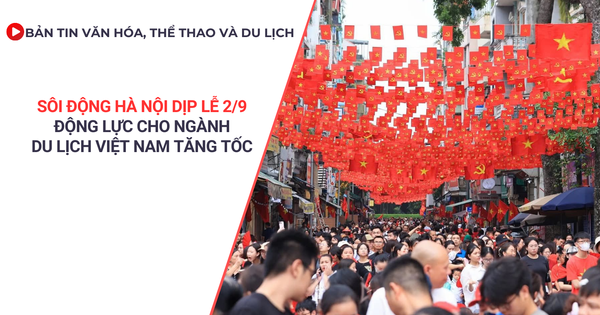


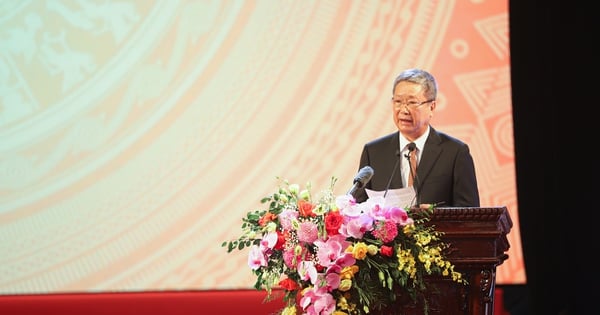


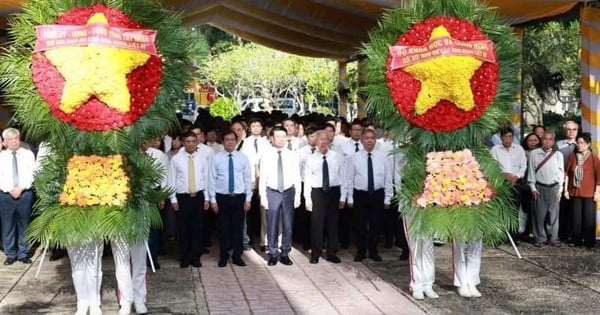

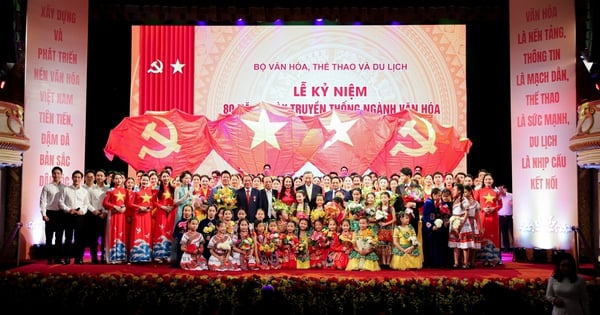
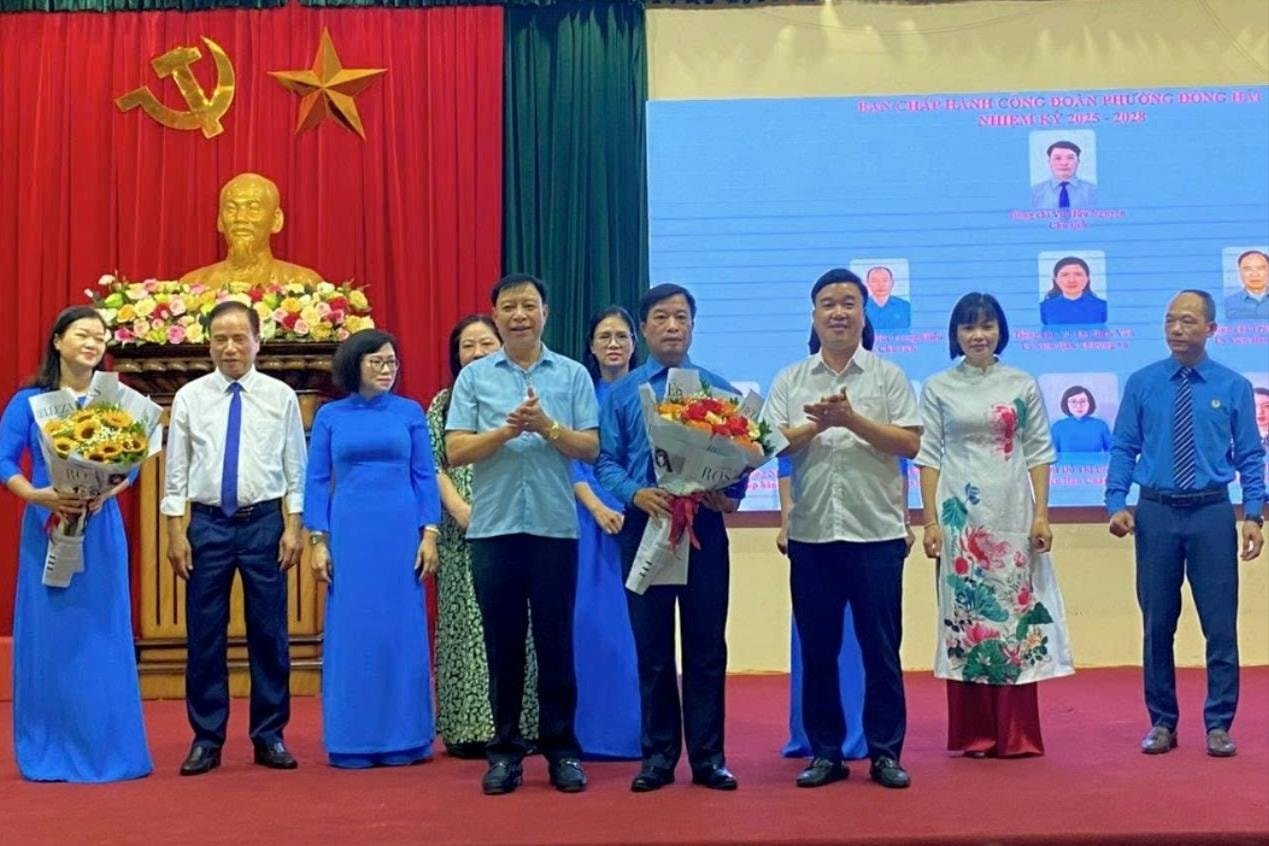
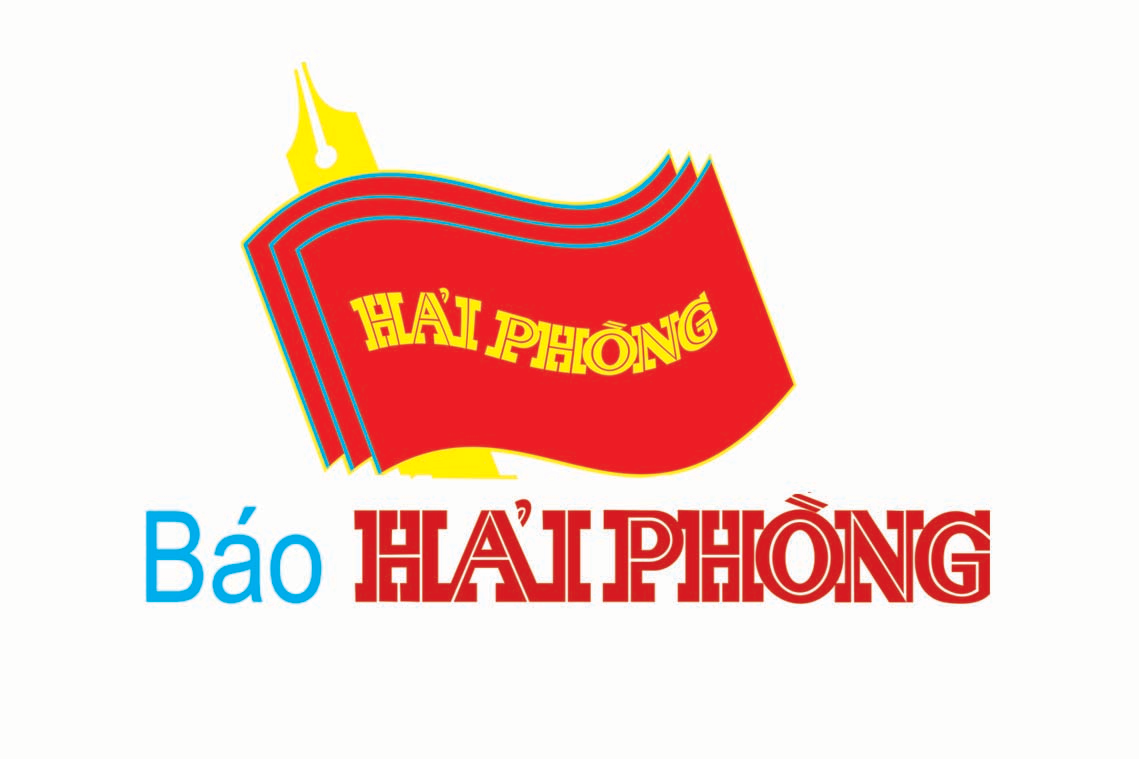
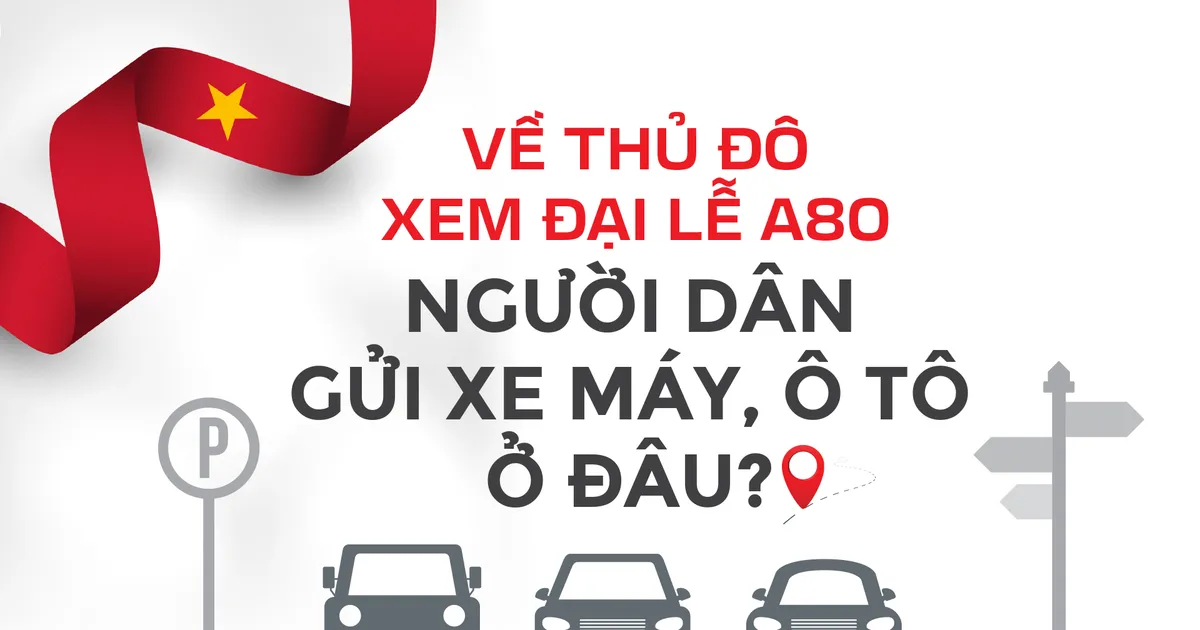

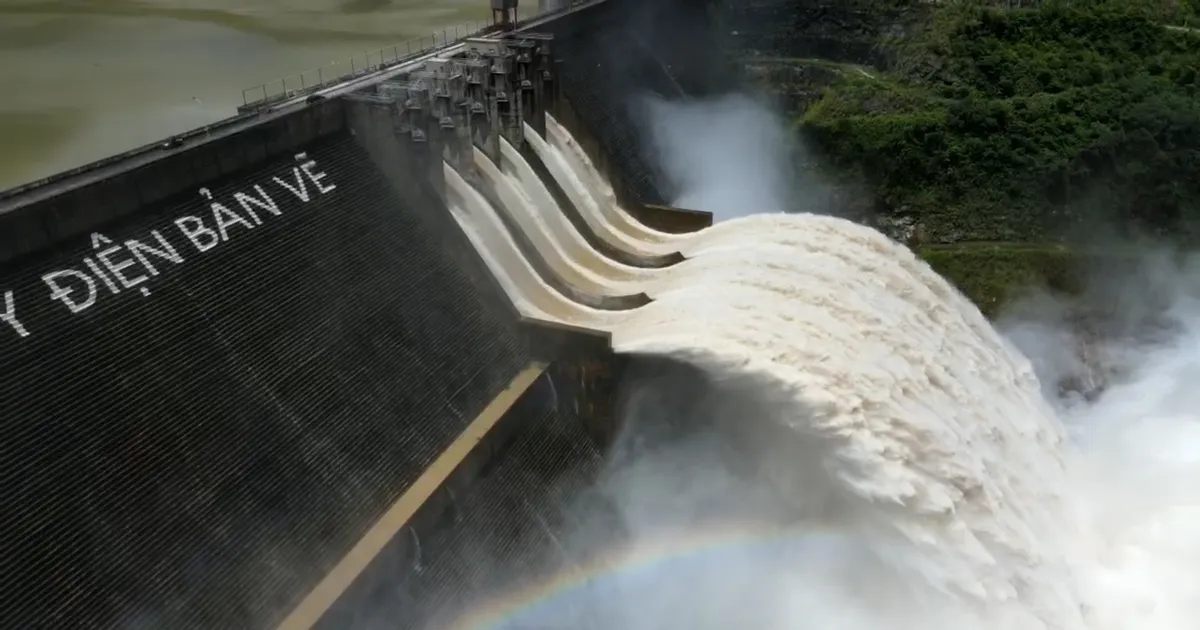
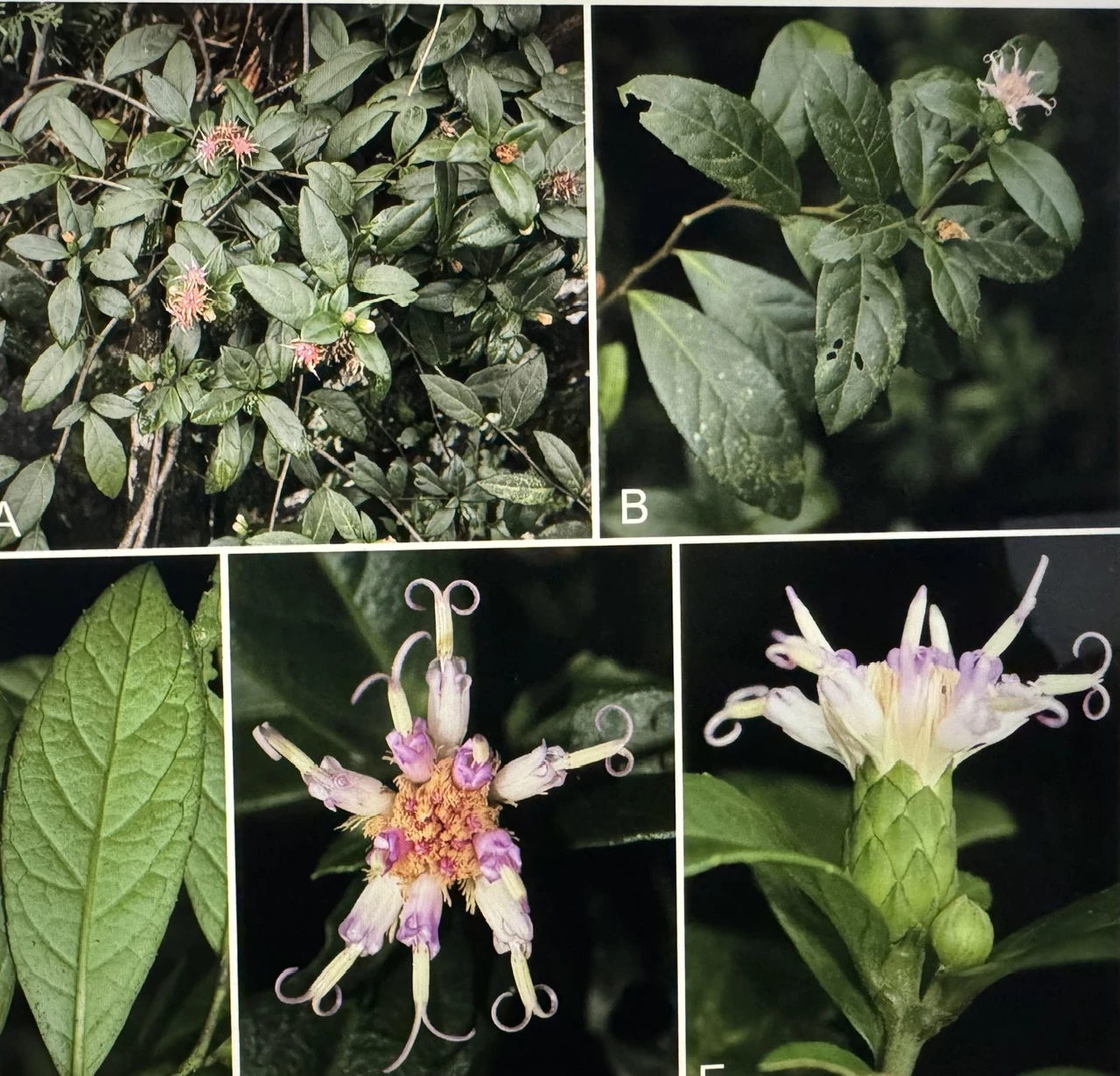

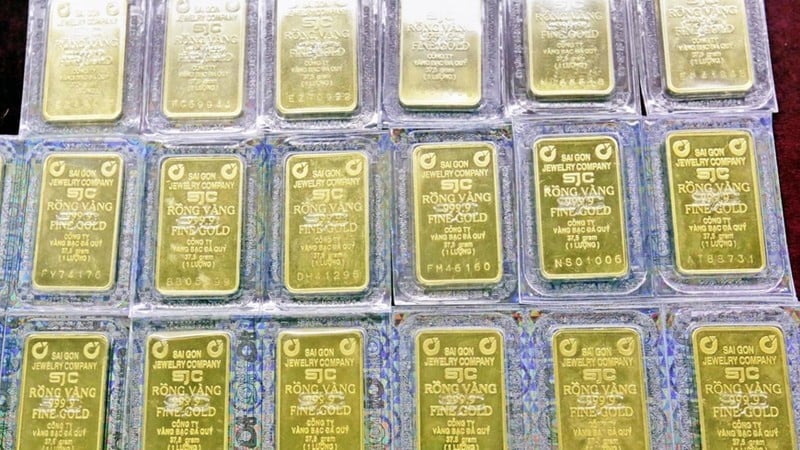

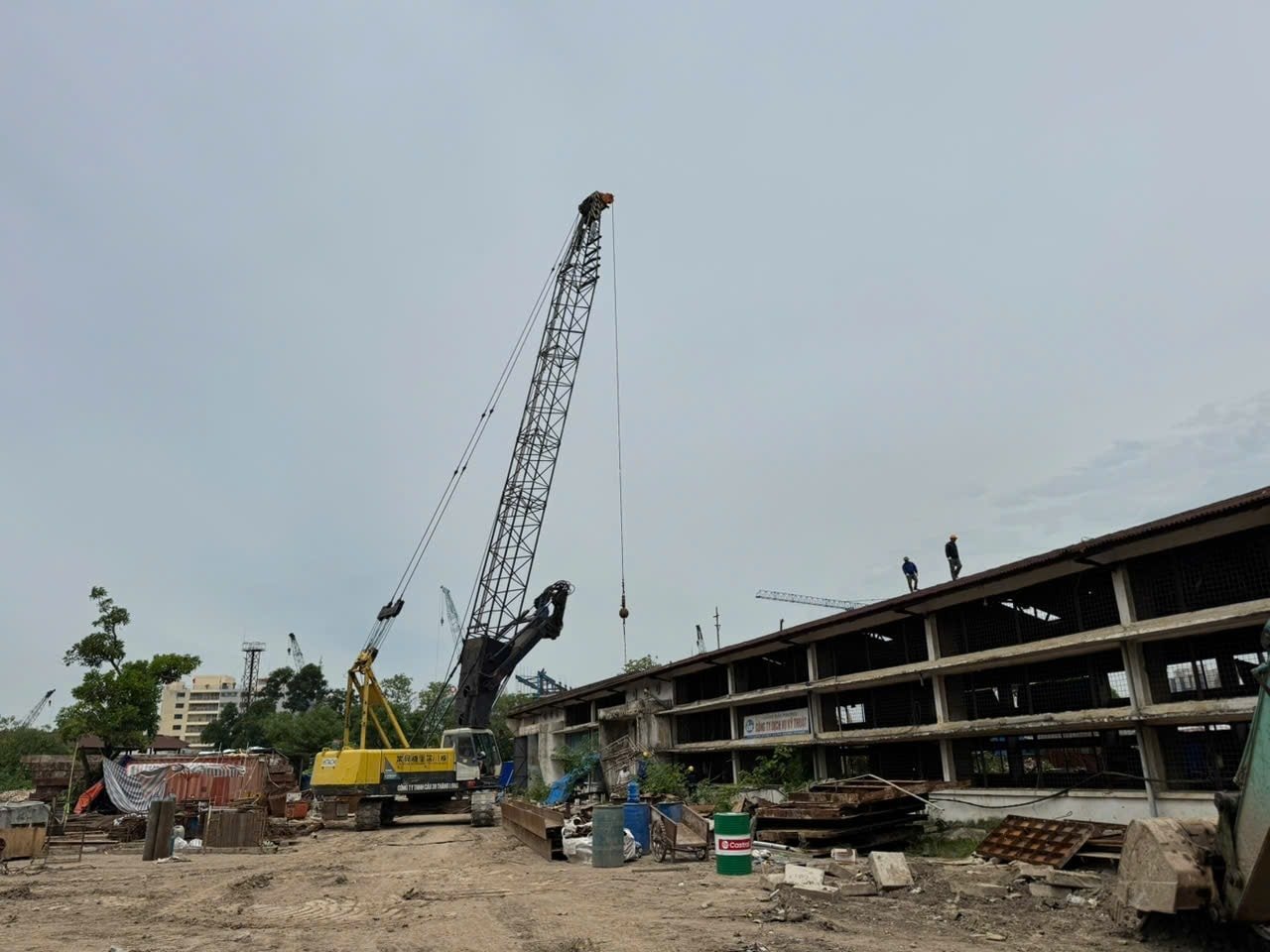
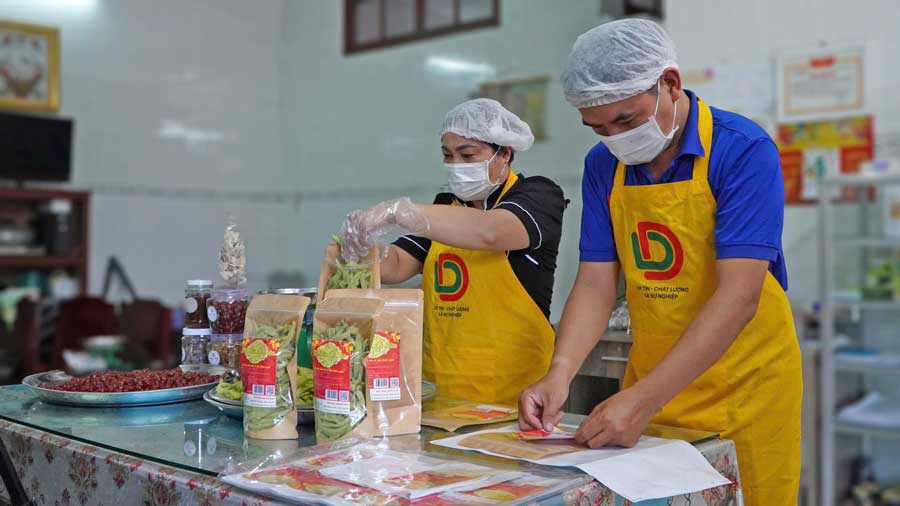
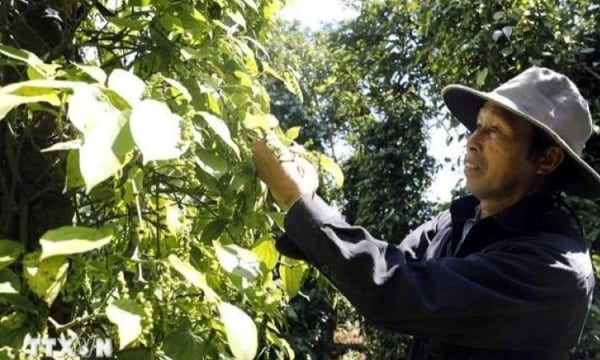



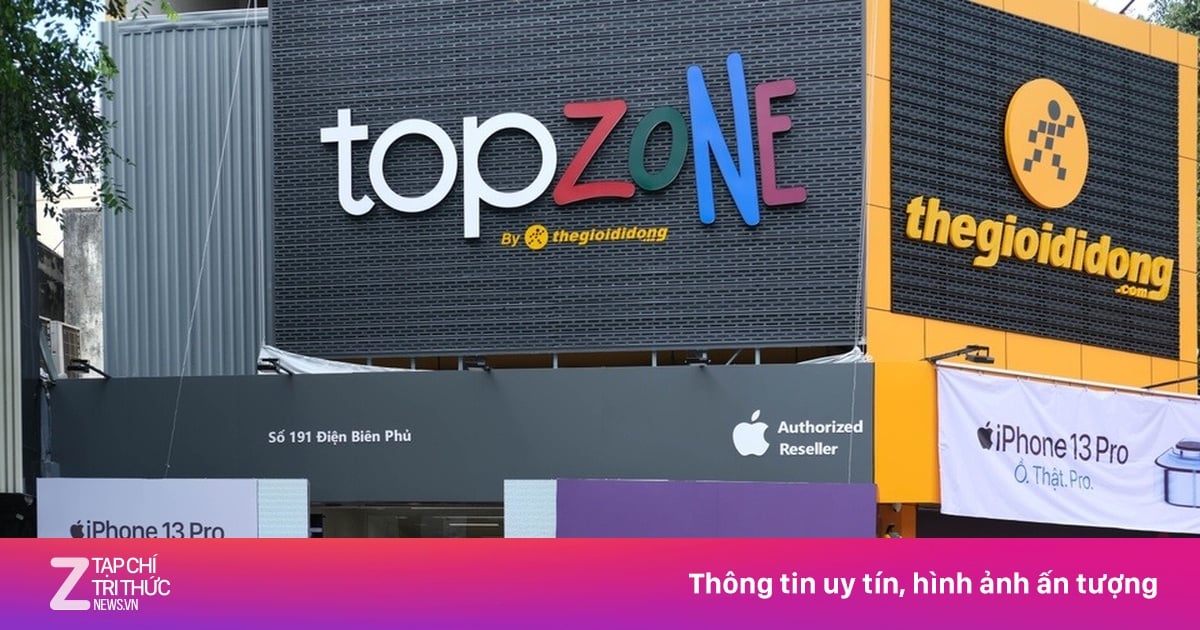








Comment (0)